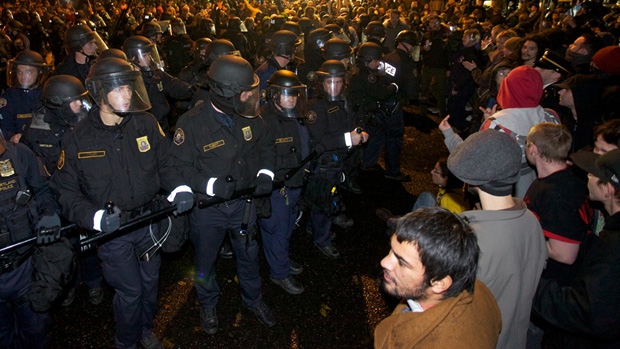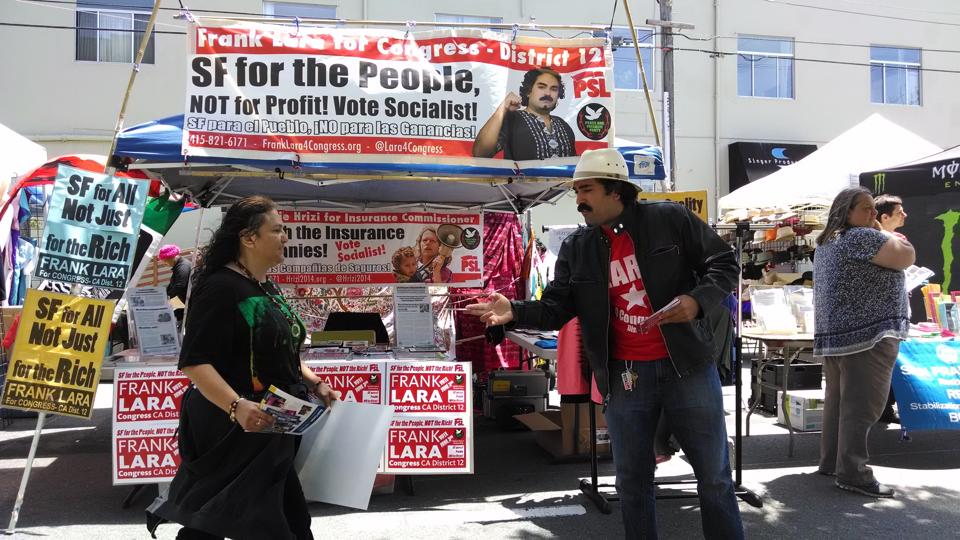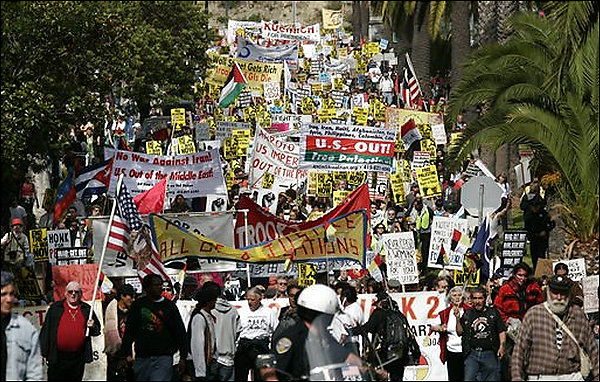For revolutionaries, the organizational question is critically important
Since its inception 10 years ago, the PSL leadership and membership have focused considerable thought, effort and time on creating a revolutionary organization based on the organizational principles known as Democratic Centralism.
For communists, the question of the type of organization we build is not a secondary issue. The structure; the style of work; the method chosen to maintain the unity of internal democracy and centralized action; the guidance provided by the Party’s Constitution and Program — these were understood by the PSL in its formative stage not only as organizational issues but ultimately as vital political questions.
Without a proper handling of the organizational question in its formative stage, the PSL could never realize its revolutionary goals and objectives. One only gets to plant the tree once. For it to grow strong and straight it must be planted correctly and with care.
Organizational stages of the PSL
The PSL has developed far beyond the handful of cadre who began the organization. It has grown numerically and developed considerably in cadre formation. It has, in turn, evolved in terms of its organization.
In a 1921 resolution on organization, the Communist International, a centralized grouping of all the revolutionary parties in the world, determined that: “There can be no absolutely correct, immutable organizational form for communist parties. The conditions of the proletarian class struggle are subject to changes in an unceasing process of transformation; the organization of the vanguard of the proletariat must also constantly seek appropriate forms corresponding to these changes.”
When the PSL formed in 2004, it had no name, no structure, no Program, no Constitution, almost no money, no websites, no newspaper, no books and no magazines.
At that time, the PSL held a two-part Founding Convention in which it established the basic foundation for the Party – a name, an internal structure and organization, initial publications and so on. National Conventions followed in the subsequent years, each followed by the election of a national leadership body with an executive to direct the day-to-day work of the Party between these Conventions.
This was important in the early stage of the Party’s development. It allowed all of the Party members to participate in discussions about the organization, evaluate the recent period and discuss how to move forward. Everyone worked together and made decisions together. It contributed to the leadership development of the members.
After several years of National Conventions as the highest body of the Party, open to all members, the PSL took an important step in its development as a democratic centralist organization and began to hold delegated Congresses. Delegates to the Congresses are elected on a proportional basis from local PSL branches. The Congress delegates democratically decide, after thorough nationwide Pre-Congress discussions, on changes to the Party’s Program and Constitution, as well as adopting new policies for the next period.
The delegates also elect a Central Committee that will function as the national leadership until the next Congress convenes. According to the PSL’s Constitution, a Congress must be held every two to three years. Delegated Congresses are able to combine elections and the wide expression of internal democracy with the formation of a more developed and accountable leadership.
The First Party Congress in 2010 focused on the adoption of the Party’s Constitution and its Program, the culmination of an intense full year of drafting and discussion within leadership bodies and among all branches.
The Second Party Congress in 2013 built on the foundation laid at the First Congress. It was an opportunity to focus on the subject of the Party’s strategic orientation – the establishment of organizational priorities and the selection of tactics in order to best achieve the goals outlined by the strategic orientation.
Since then, the PSL has taken these decisions into a nationwide discussion involving every member in every city, at the branch and regional level, at a National Party Conference and Regional Party Conferences that are still continuing.
This process of discussing, developing and implementing a strategic orientation has gone on for over a year and has involved every member. It is a reflection of the democratic centralist structures that the PSL has developed over the last decade, and has resulted in exciting new projects and initiatives that are being launched by the PSL on our 10-year anniversary and in the months to follow.
A revolutionary party does not seek to replace the people – it is the instrument that the people use to make revolution. We in the PSL believe that it is a primary task of all revolutionaries to develop and strengthen this central tool in the struggle for socialism.





